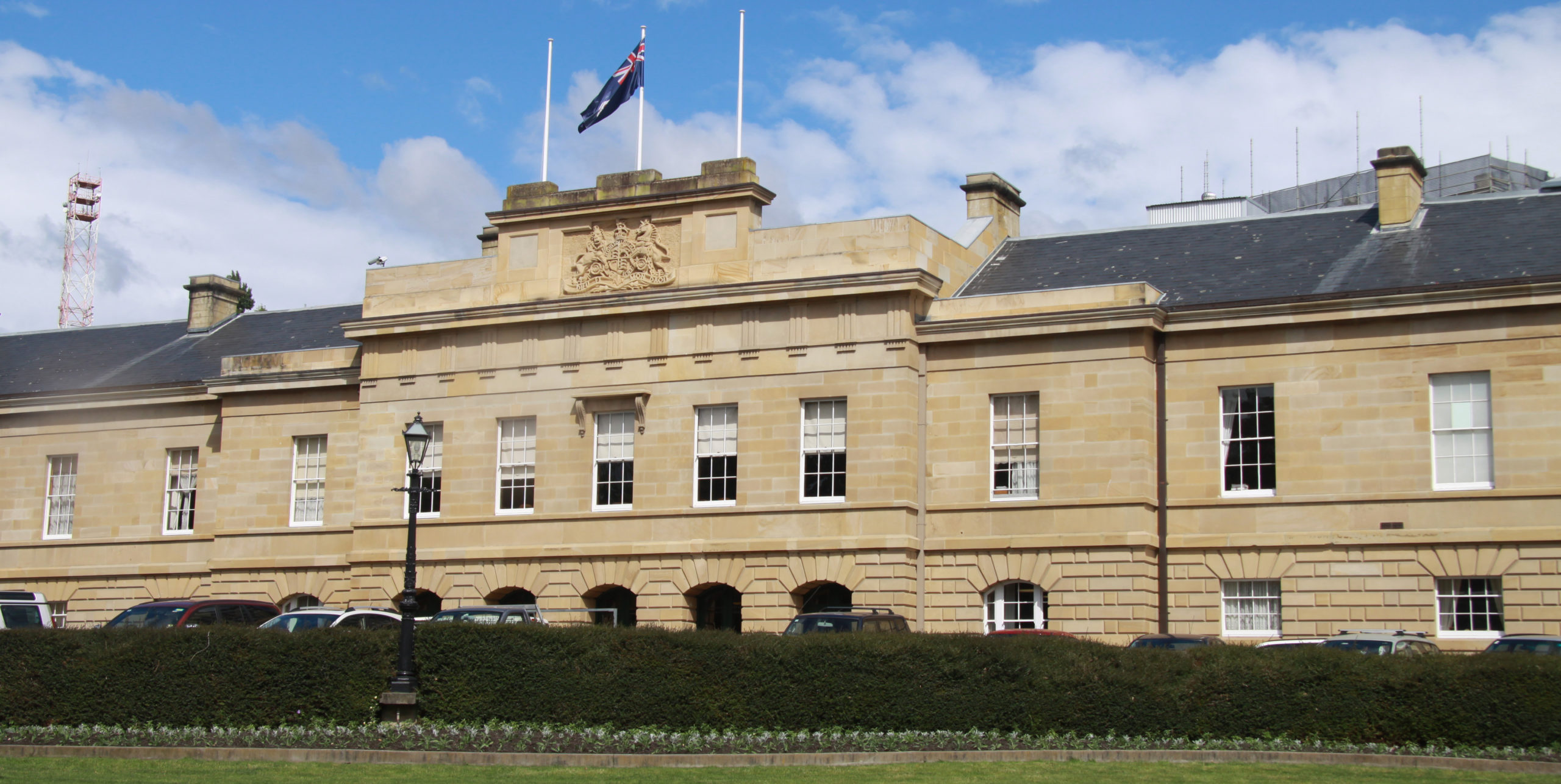Since being first introduced into Australia in 1953 improve dental health, water fluoridation has been shown to reduce tooth decay by 26 – 44 per cent in children and adolescents and by 27 per cent in adults.
Now, a La Trobe University study has found that one-third of Victorian rural towns with populations over 1000 do not have access to fluoridated water, resulting in high levels of decayed, missing and filled teeth, particularly in children.
The study, led by Dr Virginia Dickson-Swift at La Trobe University and published in the Australian Journal of Rural Health, found that this lack of fluoridation impacts almost 150,000 Victorians living in 203 towns, all of them with populations over 1000.
Importantly the research found that the lack of access to fluoridated water led to these towns having higher than the Victorian average of preventable hospital admissions due to dental conditions in children aged 0-9 years; over 50 per cent of children aged 0-12 years living in these rural non-fluoridated regions had above-the-state average rates of decayed, missing and filled teeth; and 78 per cent of children aged 0-5 years had above-the-state average.
Dr Dickson-Swift said while fluoride occurs naturally in all Australian water supplies, in most places the levels are too low to help prevent or reduce tooth decay.
“Some towns don’t add fluoride as it is already optimum and many Australian water suppliers adjust the amount of fluoride to a level that can help prevent tooth decay; the coverage in each jurisdiction varies,” Dr Dickson-Swift said.
“Currently, on average around 90 per cent of Australian communities have access to fluoridated water; however, access for those outside major metropolitan areas can be much lower.
“Community-based water fluoridation is a cost-effective and equitable initiative that is supported by overwhelming scientific evidence and internationally recognised as one of the most successful public health interventions over the past 20 years, supported by groups like the World Health Organisation and the Australian Dental Association,” Dr Dickson-Swift said.
Fluoridation of community water supplies is cost effective:
- Every dollar spent on fluoridation saves between $7 and $18 due to avoidance of treatment costs
- Recent analyses have shown that water fluoridation in Victoria saved around $1 billion over a 25-year period through avoided costs from dental treatment and days absences from work/school
- It particularly benefits children and those on lower incomes who tend to have higher rates of tooth decay and less access to dental treatment and other forms of fluoride, however there are population-wide benefits.
In Victoria, the responsibility for community water fluoridation lies with the Department of Health, under the Health (Fluoridation) Act 1973, which has the power to direct water supply authorities to commence water fluoridation.
Currently, around 90 per cent of Victorian communities have access to fluoridated water with most major towns and cities being fluoridated.
Dr Dickson-Swift said the responsibility for water fluoridation in Australia rests with state governments; however, local governments have can play a key role in advocacy work for the implementation of fluoridation.
“Local governments have a key role to play and can advocate for water fluoridation and improving oral health through their Municipal Public Health and Wellbeing Plan,” Dr Dickson-Swift said.







